A normal EV driver does 80% of their vehicle charging at home. Here’s your manual for the kind of Electric Car Charging Stations, and the amount you can hope to pay to charge your EV.
Electric Vehicle Charging Stations
Charging an electric vehicle is a straightforward interaction: you essentially plug your vehicle into a charger that is associated with the electric matrix. Notwithstanding, not all EV charging stations (otherwise called electric vehicle supply gear, or EVSE) are made equivalent.
Some can be introduced just by connecting to a standard divider outlet, while others require a custom establishment. The time it takes to charge your vehicle will likewise differ dependent on the charger you use.
EV chargers ordinarily fall under one of three principle classifications: Level 1 charging stations, Level 2 charging stations, and DC Fast Chargers (likewise alluded to as Level 3 charging stations).
Level 1 EV charging stations
Level 1 chargers utilize a 120 V AC plug and can be connected to a standard power source. In contrast to different chargers, Level 1 chargers don’t need the establishment of any extra gear.
These chargers ordinarily convey two to five miles of reach each hour of charging and are frequently utilized at home.
Level 1 chargers are the most affordable EVSE choice, yet they additionally set aside the most effort to charge your vehicle’s battery. Mortgage holders ordinarily utilize these sorts of chargers to charge their vehicles short-term.
Level 2 EV charging stations
Level 2 chargers are utilized for both private and business charging stations. They utilize a 240 V (for private) or 208 V (for business) plug, they can’t be connected to a standard divider outlet. They can likewise be introduced as a component of a Solarbased board framework.
Level 2 electric vehicle chargers convey 10 to 60 miles of reach each hour of charging. They can completely charge an electric vehicle battery in just two hours, making them an ideal choice for the two property holders who need quick charging and organizations who need to offer charging stations to clients.
DC Fast Chargers (otherwise called Level 3 or CHAdeMO EV charging stations)
DC Fast Chargers, otherwise called Level 3 or CHAdeMO charging stations, can offer 60 to 100 miles of reach for your electric vehicle in only 20 minutes of charging.
Be that as it may, they are commonly just utilized in business and mechanical applications – they require exceptionally specific, powerful gear to introduce and keep up.
Not all-electric vehicles can be accused of the utilization of DC Fast Chargers. Most module crossover EVs don’t have this charging capacity, and some all-electric vehicles can’t be accused of a DC Fast Charger.
Electric Car Charging Station Cost in India
The cost of setting up an EV charging station in India shifts from Rs. 1 Lakh to Rs. 40 Lakhs relying upon the kind of chargers you introduce at the station.
As a matter of first importance, the Indian government has clarified that any individual is free (de-authorized) to set up an electric charging station all through the nation, given the station satisfies the guidelines of the force service.
Along these lines, on the off chance that you are intending to set up your own EV charging station, you simply need to follow the base infra prerequisites and track down the correct merchant and the correct area.
According to the foundation rules set by the public authority, it is obligatory to set an EV Charging Station at each 3km in urban areas and 25kms on Highways on the two sides.
For long-reach and rock-solid vehicles, there ought to be a charging station at each 100kms on the two roadsides (generally Highways). Likewise, India chipped away at creating Delhi to Mumbai electric expressway to support mechanical vehicles.
The cost of EV charging stations differs from Rs. 1 Lakh to Rs. 40 Lakhs relying upon the sorts of chargers and speculation one will make. In any case, thinking about a more extensive situation and a stock of 240V EV Station underneath is the gauge.

Charger Type: Rough Cost
- CCS CHAdeMO: 12,50,000
- Type 2 AC: 1,25,000
- Bharat DC-001: 2,40,000
- Bharat AC-001: 70,000
- New Electricity Connection (250 KVA): 7,50,000/ –
- Common Works: 2,50,000/ –
- EVSE Management Software + Integration: 40,000/ –
- Specialists, Manpower, Maintenance, and so on: 3,50,000/ – yearly
- Publicizing and Promotion: 50,000/ –
- Land Lease (if the land is at rent): 6,00,000/ – yearly
- Absolute Approximate: Rs. 40,00,000/ – (First year including arrangement and if the land is at rent)
- Yearly upkeep from the subsequent year: Rs. 10,00,000/ – (Including land rent)
Least Infrastructure Requirement for EV Charging Station
- A transformer with ensuing substation should be introduced alongside wellbeing hardware
- To meter/end, there ought to be a 33/11KV Cable with related gear.
- Suitable Civil works ought to be there
- There ought to be sufficient room for charging and Entry/Exit of Vehicles
- Fundamental nearby certificates, if any are required. (Shifts state to state)
In spite of the fact that there are just 1% EVs in India when contrasted with customary vehicles, the offer of EVs are going upwards and the prerequisite for charging stations is rising every day.
In the event that you have the speculation limit and will turn into a business visionary with a more extensive vision, at that point the appropriate response is YES. This is the ideal opportunity to put resources into Future, to put resources into EV Charging Stations.
List of EV Charging Stations in India
To fuel your insight and interest here is a rundown of the main 10 charging station makers in India
1. TATA Power
2. CHARZER
3. Delta Electronics India
4. Fortum India
5. Mass-Tech
6. Exicom
7. Bright Blu
8. ABB India
9. Panasonic
10. Ensto
With the coming of another tomorrow in the circle of EV Charging Stations in India, more makers are approaching to build up India’s Electric Vehicle fabricating ability.
As the Electric vehicle market is succeeding, the requirement for productive Electric Car Charging Stations keeps on developing. Here we list the best 10 EV charging station makers in India.
India is the fifth biggest auto market on the planet. As of late India’s administration uncovered that they are anticipating planning for a tremendous transportation change by 2030, i.e a significant expansion in EV utilization to diminish emanations and reliance on oil imports.
As the utilization of electric vehicles is consistently filling in India, the requirement for Electric Vehicle charging stations is additionally fundamental.
In this propelling field, there are sure EV charging station producers in India that have transformed the creating market. We have curated this rundown of the top 10 Electric Car charging Stations Manufacturers in India to supercharge your insight.
Solar Charging Station for Electric Vehicles in India
Solar based fueled EV charging station created at IISc
Zero-outflow charging station improves air quality, challenges identified with EV charging foundation, power network the executives and incorporation of an environmentally friendly power
A Solar based photovoltaic fueled electric vehicle (EV) charging station has been created at the Indian Institute of Science (IISc) in this tech city, an authority said on Tuesday.
“The zero-discharge EV charging station fueled by Solarbased cells has been planned and created at our supportable transportation lab by the UK-based Greenencho Ltd under the Innovating for Clean Air (IfCA) program of the Energy System Catapult, UK,” the authority said in an explanation.
Zero-outflow Electric Car Charging Stations improve air quality, challenges identified with EV charging foundation, power framework the executives and reconciliation of environmentally friendly power.
The charging point is situated at the JRD Tata Memorial library on the grounds, with Solaroriented boards on the library’s housetop.
“An effect evaluation of the charging office will be directed at the lab with Greenenco’s help under convenor Ashish Verma’s management,” said the authority.
Vikram Solar Ltd has provided its imminent structure modules while Italian firm Famer has given the inverter, battery stockpiling, and EV charger.
The lab was set up to add to research and instruction in transportation frameworks designing (TSE). The spaces of revenue of the lab incorporate maintainable transportation arranging and strategy, coordinated public vehicle and the executives, personal satisfaction, and environmental change.
The drive is in accordance with one of the statements of purpose of the lab, which is to offer logical aptitude and authority on drives identified with economical transportation by government or non-government associations.
As an environmentally friendly power warning firm, GreenEnco gives key and hazard board counseling administrations across the Solar based PV project lifecycle, energy stockpiling, and zero-discharge foundation projects.
The British firm has projects in 12 nations across four mainlands.
DC Fast Charging Explained
AC chargers are the easiest to find – outlets are everywhere, and almost all EV chargers found in homes, malls, and workplaces are Level 2 AC chargers.
The AC charger powers the car charger. converting it to alternating current to direct current. into the battery. Charger picks up speed in flight varies by brand but is limited due to cost, space and weight. This means that depending on your vehicle, a full charge can take anywhere from four to 5 hours to over 12 hours.
DC fast charging bypasses all the limitations of the built-in charger and forced conversion, instead of supplying DC power directly to the battery, the charging speed is likely to be significantly increased.
The charging time depends on the size of the battery and the power of the dispenser. and other factors, but many cars can be charged to 80% in about an hour or less using most modern DC fast chargers.
DC fast charging is essential for long-distance travel and large convoys. The fast response allows the driver to charge during the day or for short periods of time instead of plugging in overnight or taking hours to fully charge.
Older cars have a limitation of only allowing them to charge 50kW in DC devices (where possible), but newer cars, which are currently unavailable, can take up to 270kW. DC chargers are becoming more and more efficient in the market, and some of them are now capable of developing powers up to 350 kW.
Currently, there are three types of DC fast charging in North America: CHAdeMO, combined Charging and No. 40; CCS and No. 41; and Tesla superchargers.
All major manufacturers of DC chargers offer multi-standard devices that offer the option of charging via CCS or CHAdeMO from the same device. The Tesla Supercharger can only service Tesla vehicles, but Tesla vehicles are able to use other chargers, especially CHAdeMO for DC fast charging, via an adapter.
What kind of EV charger plugs are there?
Type 1 charger plug
The Type 1 plug is a single-phase plug capable of charging up to 7.4 kW (230 V, 32 A). This standard is mainly used on car models from the Asian region, and in Europe, it is very rare, so there are very few public class 1 charging stations.
Type 2 charger plug
The main distribution region of the 3-phase plug is Europe and it is considered the standard model. In private spaces, load ratings up to 22 kW are common, while loading ratings up to 43 kW (400 V, 6 wires on each side of the charging stations are known as Mennekes plugs (type 2).
Combination Plugs (Combined Charging System, or CCS)
The CCS plug is an updated version of the Type 2 plug, adds two power contacts for fast charging, and supports both AC and DC charging power levels (direct and variable charging power levels) up to 170 kW. , the value is usually around 50 kW.
CHAdeMO plug
This fast-charging system was developed in Japan and allows up to 50 kW of power to be charged at appropriate public charging stations. Nissan, Peugeot, Subaru, Tesla (with converter), and Toyota.
Tesla Supercharger
Like a supercharger, Tesla uses a modified version of the Mennekes Type 2 plug, which allows the Model S to charge up to 80% in 30 minutes. Tesla offers free charging to its customers. Until now, this has not been possible for other brands. Cars are charged by a Tesla supercharger.
Which plugs are there for the home, for garages and for using whilst in transit?
Domestic socket
Charging power levels up to 3.7 kW (230 V, 16 A) can be achieved with a suitable fused household socket. Your electric vehicle will be charged using the charging cable operating in mode 2. Of course, we recommend a maximum charging power of 2.3 kW (230 V, 10 A) if the socket has not been tested before. You can also occasionally find household electrical outlets at public charging stations. This charging method is available for all-electric vehicles.
CEE plug
- CEE plugs are available in the following variants:
- is a single phase blue version, so called camping plug with a charging capacity up to 3.7 kW (230 V, 16 A)
- triple version with red phase for industrial plug
- small industrial plug (CEE 16) allows charging power up to 11 kW (400 V, 26 A) Large industrial plug
- (CEE 32) allows charging power up to 22 kW (400 V, 32 A)
What is a wallbox charger and how does it work?
Wall boxes are charging points for electric vehicles, they can be installed in private homes or in company parking lots, you can also find them in public garages, wall boxes work with alternating current (AC), electric cars charge much faster in the wall box than with plugging into a regular outlet. Freestanding boxes are available where wall mounting is not possible.
Battery Protection.
Wall-box safety features harmonize the current when your car is plugged in and protect your car battery from damage caused by power surges.
Efficiency.
If your task is to track performance, you can measure and compare consumption in detail, page For example, daily or weekly. This allows you to control your energy costs and use.
Programmable.
You can charge your car with cheaper electric cycles, p. For example, program the wall box directly at night, or use the car’s infotainment system or the Bluelink app.
Do you need all the power you can get?
The power of mortgage boxes installed in a private house ranges from 2.3 to 22 kW, depending on the car and the house wiring diagram.
It’s simple math.
Large EVs take longer to fully charge, and the higher power from the wall-mounted housing means faster charging. When it comes to the strength of a wall box, all of the following factors need to be considered:
Car charger power: A more powerful onboard charger can receive a higher input from the wall box, increasing the charging speed. The total capacity of the car battery: Larger batteries take longer to fully charge. More power from the wall case means faster charging.
Building power supply (dimensions): The amount of electricity that a building’s electrical circuit can supply can limit the amount of electricity a wall box can supply, limiting the charging rate.
A qualified electrician knows how to calculate these numbers for you.
How much does it cost to install a wall box?
Stronger wall boxes usually cost more. Additional smart features like Wi-Fi monitoring or programmable charging add to the price. And, of course, the charging station must be installed by a professional technician to ensure a correct and safe technical setup. These are the typical costs of installing a wall box: Hardware = € 500 to € 2500 Installation = € 800 to € 1000 If that sounds like a lot, don’t worry, many government-subsidized and tax-free countries and regions are tax-free. available for private toll points.
Electric Charging Station Franchise India
The Electric vehicle industry has a promising future in India. The public authority is zeroing in on EVs as it holds gigantic potential, since it is climate agreeable, yet in addition since India can arise as a center point of assembling which will create business and development openings.
As of now, there are 3.97 lakhs EVs utilize on the Indian streets. Low normal vehicle costs will hinder EV take-up for the following 10 years with expanded moderation, just as the public authority’s endeavors to guarantee general admittance to power.
According to insights, Sales of electric vehicles will increment from 1.1 Million overall a year ago to 11 Million every 2025, and afterward flood to 30 Million by 2030.
The public authority has likewise commanded that all new three-wheelers sold in the nation ought to be completely electric beginning from April 1, 2023, and bikes under 150 cc motor, from April 1, 2025.
With a green light from the Indian Government, the flood of electric vehicles is unavoidable. In spite of the greater expense of Electric vehicles, individuals are saving a ton on fuel.
In any case, petroleum costs have expanded by over half over the most recent couple of years, making the operational expense of fuel vehicles costly. Electric vehicles are in higher reach however the abundance of interest in purchasing an electric vehicle can be handily recuperated after a few years of fuel-saving.
Expanding EVs Will Surge the Demand for charging stations
The charging framework will assume a vital part in EV arrangement. A study featured that the piece of the pie of electric vehicles in India was just 0.06%, contrasted with about 2% in China and around 39% in Norway.
The public authority of India has embraced different drives to advance EV assembling and reception of electric vehicles in India. Because of that, electric vehicles have begun infiltrating the Indian market.
Notwithstanding, one of the significant purposes for the lower selection of EVs is the restricted accessibility of the charging foundations. It additionally noticed that the long-term taken for totally charging EVs was another deterrent to advocating the vehicles.
To date, most EV proprietors have been charging from their homes or workplaces. Notwithstanding, as the appropriation goes up, there will be a prerequisite of public charging framework.
Specialists believe that if the public authority’s focus of 7,000,000 electric vehicles by 2020 is to be accomplished, at that point the environment, for example, battery-charging directs needs to be set up.
At first, there would be a sum of 1,000 accusing stations of at least 6,000 chargers. Additionally, the charging stations have been urged to draw power from lattice-associated Solaroriented PV projects. This is giving a colossal chance to business visionaries who need to wander into this arising EV market.
Tata fast-charging solutions
The Tata Nexon EV is equipped with a 3.2kW onboard charger that essentially converts the AC input current from the recommended 15A household plug to DC so that the energy is stored in the battery.
According to the Bharat EV Charger AC 001 standard, private home chargers can usually be used with single-phase plugs up to 15A (230V), which can provide about 3 kW of power, which means that the Nexon EV with its 30.2 kWh battery will be for full charging from 0% takes about 10 hours.
However, in order to charge the car faster at a higher AC input, the car charger must also support the higher current flowing in the car. It is understood that Tata Motors deliberately limited the capacity of the car charger. 3.2 kW instead of the higher one.
An example is 7.2 kW, as consumers will need three-phase AC power, which is not available throughout India, especially in most residential and residential areas of the country. Improve the electrical infrastructure in your home so that you can use cars.
So, for fast charging the Nexon EV, the only option available is to bypass the built-in AC charger completely and connect the battery directly through a commercially available DC fast charger and plug it into the port. CCS DC charger on the vehicle.
However, even if fast charging is readily available in terms of battery health, maintaining a constant continuous charge schedule on a regular basis will help extend battery life as charge cycles increase, as well as maintain an optimal range. Therefore, fast charging should only be preferred in unavoidable circumstances.
Electric Car Charging Stations Franchise
With expanding EV, the interest for charging stations will arrive at the zenith. While prior, the charging stations were significantly overwhelmed by the public authority-run organizations, for example, EESL or significant industry players like TATA Power, yet now the tables have turned.
Understanding the tremendous open door this area observes, different players are wandering into it with the electric vehicle charging station franchise.
The public authority of India, in a bid to advance the appropriation of an electric vehicle, is likewise carrying out different drives to empower available and reasonable charging stations.
The middle has permitted that setting up open charging stations will be de-authorized and any individual is allowed to set up open charging stations.
Brands, for example, Panasonic have effectively approached with their diversifying model of EV charging stations, and different brands are likewise expected to go into the business soon enough.
| Homepage | EV Cars |
This post was originally published on September 29, 2022.

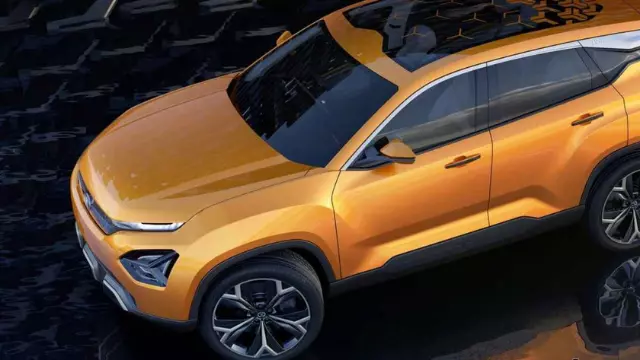
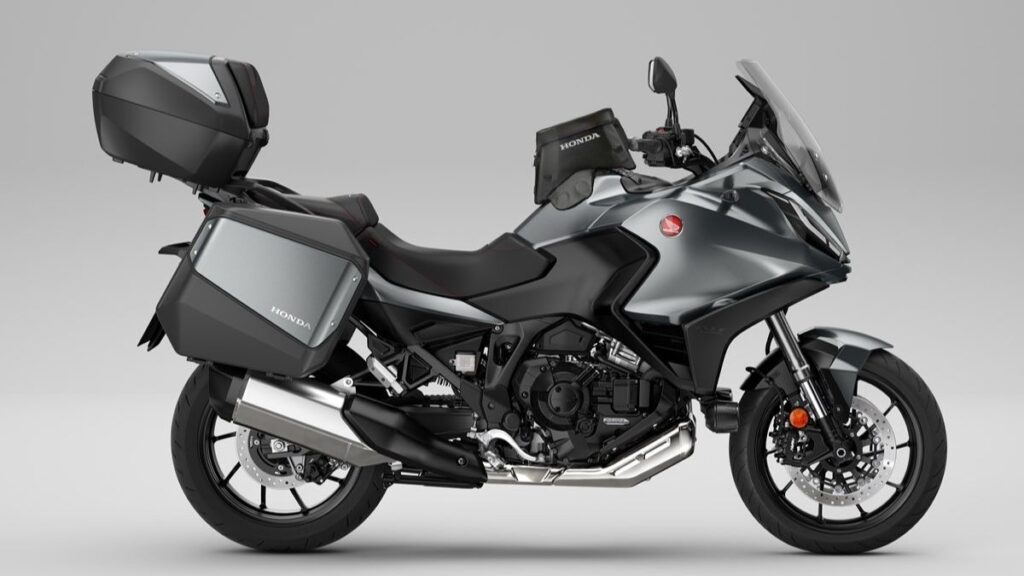
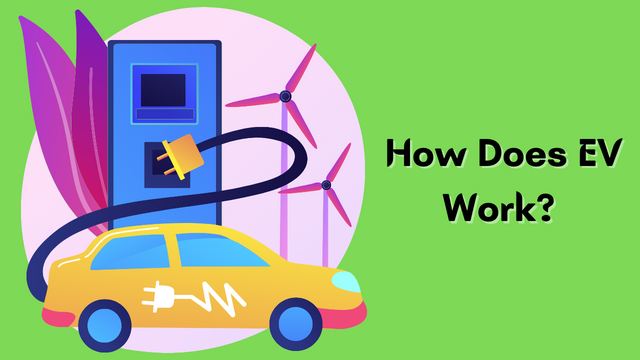
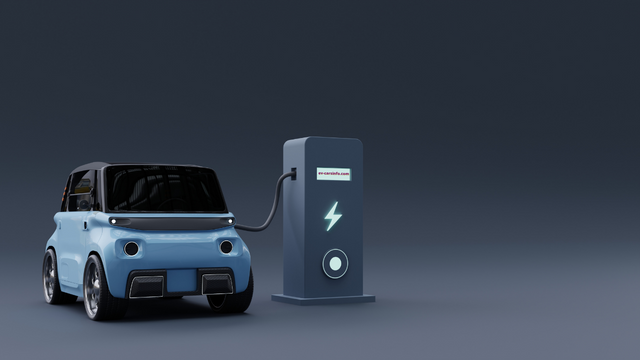

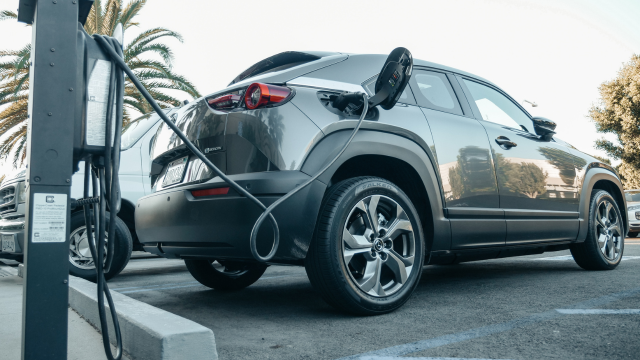

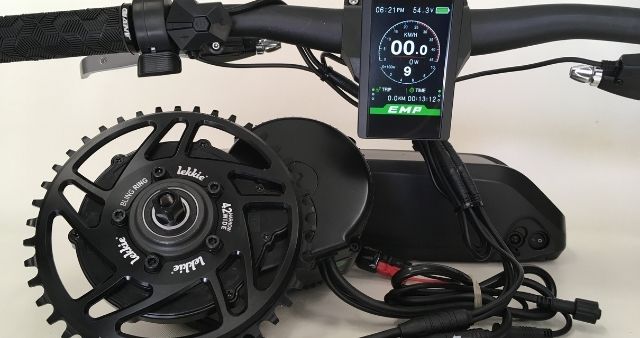

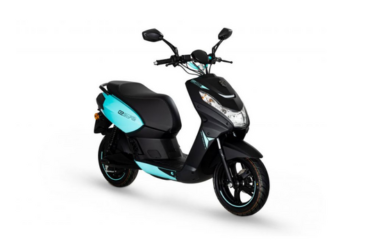
Leave a Review